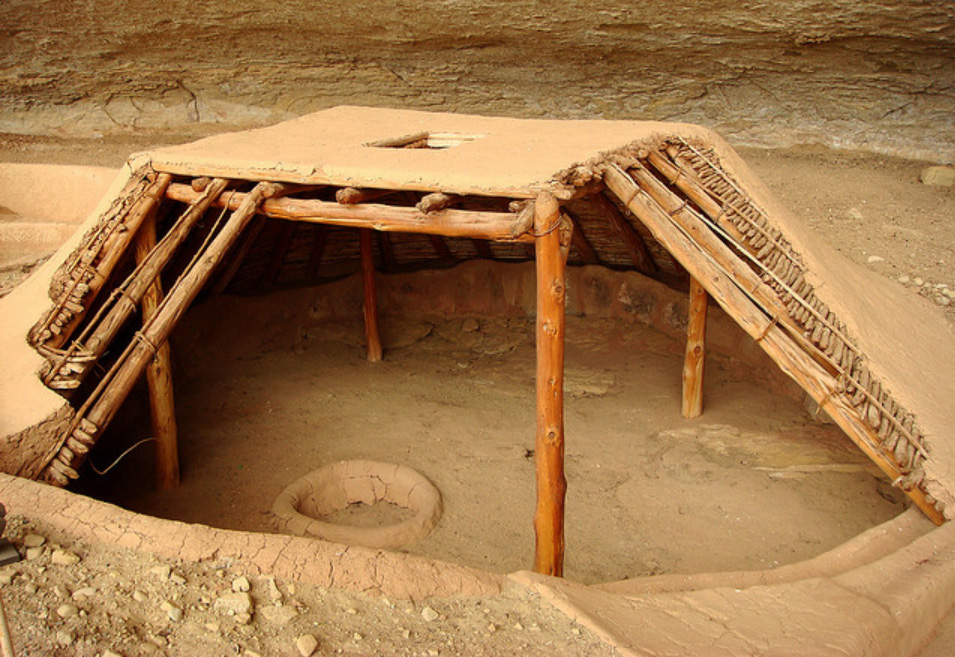

Some may measure 0.25m by around 2m by 1.5m, whilst examples from excavations from the 1950s onwards at West Stow in the United Kingdom are 3.7m-4.44m long x 2.72m-3.5m wide x 0.58m-0.97m deep. In Germany they are known as Grubenhäuser, and in the United Kingdom, they are also known as grubhuts, grubhouses or sunken featured buildings.Īrchaeological evidence indicates they were built in a shallow sub-rectangular pit and vary in depth (often relating to the preservation of the site). Pit-houses were built in many parts of northern Europe between the 5th and 12th centuries AD.

Groups of houses were arranged around a base camp layout, occupied by families or relatives for weeks or months. Presumably, animal hide was stretched around the exterior for insulation. The base is circular or oval in shape, 12 to 14 feet (3.7 to 4.3 metres) in diameter, with limb bones used for walls and lighter, flat bones used for the roof. Dating back 15,000 years to the Upper Paleolithic age, the houses were made of mammoth bones. The oldest pit dwellings were discovered in Mezhyrich, Central Ukraine. In the nineteenth century, it was believed that most prehistoric peoples lived in pit-houses, although it has since been proved that many of the features thought of as houses were in fact food prehistoric storage pits or served another purpose. Usually, all that remains of the ancient pit-house is a dug-out hollow in the ground and any postholes used to support the roof. Anglo-Saxon pit-houses may have actually represented buildings for other functions than just dwellings. In archaeology, a pit-house is frequently called a sunken featured building and occasionally (grub-)hut or grubhouse, after the German name Grubenhaus They are found in numerous cultures around the world, including the people of the Southwestern United States, the ancestral Pueblo, the ancient Fremont and Mogollon cultures, the Cherokee, the Inuit, the people of the Plateau, and archaic residents of Wyoming (Smith 2003) in North America Archaic residents of the Lake Titicaca Basin (Craig 2005) in South America Anglo-Saxons in Europe and the Jōmon people in Japan. General dictionaries also describe a pit-house as a dugout, and it has similarities to a half-dugout. Besides providing shelter from the most extreme of weather conditions, these structures may also be used to store food (just like a pantry, a larder, or a root cellar) and for cultural activities like the telling of stories, dancing, singing and celebrations. A pit house (or pithouse) is a large house (usually circular) built in the ground and used for shelter.


 0 kommentar(er)
0 kommentar(er)
